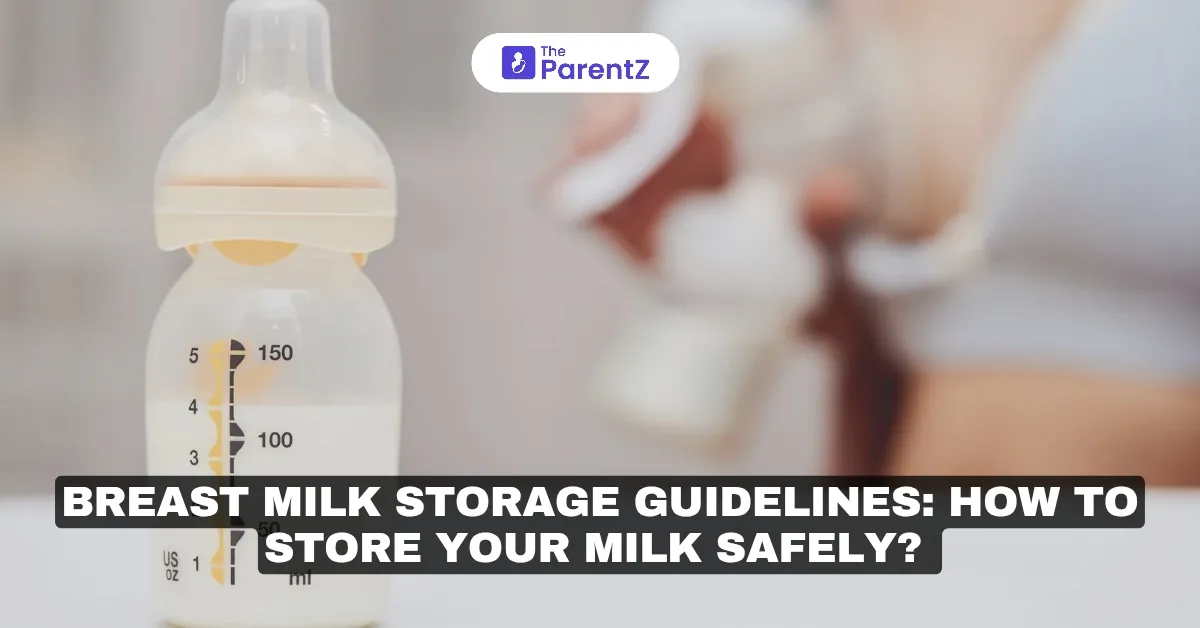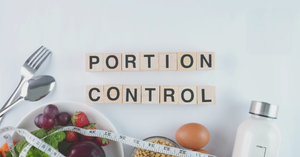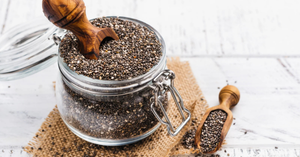Picture this: You've just spent precious time expressing your breast milk – that liquid gold packed with nutrients, antibodies, and love. But now what? How do you ensure this valuable resource stays safe and nutritious for your little one?
Navigating breast milk storage can feel like solving a complex puzzle. Between temperature guidelines, storage containers, and timing, it's easy to feel overwhelmed. Take a deep breath. This comprehensive guide is your roadmap to confidently storing breast milk, ensuring your baby receives all the incredible benefits of your hard-earned liquid gold.
Why Proper Storage Matters?
Breast milk is more than just food; it's a dynamic fluid brimming with nutrients, antibodies, and beneficial bacteria essential for your baby's healthy growth and development. However, improper storage can compromise its quality and safety. Here's why following guidelines is so important:
- Bacterial Growth: Breast milk, like any food, can harbor bacteria. Proper storage slows down bacterial growth, keeping the milk safe for your baby to consume.
- Nutrient Degradation: Some nutrients in breast milk are susceptible to breakdown over time, especially when exposed to heat or light. Correct storage helps preserve these essential nutrients.
- Taste and Odor Changes: Incorrectly stored milk may develop an off-putting taste or odor due to fat breakdown. This can lead to your baby refusing the milk, resulting in wasted effort and liquid gold.
Getting Ready to Store: Preparation Is Key
Before you even think about storing, a little prep work goes a long way.
- Wash Your Hands: This cannot be stressed enough. Thoroughly wash your hands with soap and water before expressing or handling breast milk.
- Clean Your Equipment: Ensure your pump parts, bottles, and storage containers are squeaky clean. Wash them in hot, soapy water and rinse thoroughly. You can also sanitize them by boiling them for 5 minutes, using a dishwasher with a sanitize setting, or using a steam sterilizer. Avoid washing directly in the sink to prevent contamination. Air-dry items on a clean surface before storing.
- Choose the Right Containers: When it comes to storing breast milk, choose either breast milk storage bags or clean, food-grade containers made from glass or plastic that have secure lids. It's important to avoid using disposable bottle liners or regular plastic bags that aren't specifically designed for storing breast milk.
Storage Guidelines
Here’s a breakdown of how long you can safely store breast milk at different temperatures:
- Countertop (Room Temperature): At 77°F (25°C) or colder, freshly expressed milk is good for up to 4 hours.
- Refrigerator: At 40°F (4°C), freshly expressed milk can be stored for up to 4 days. If you're uncertain about your refrigerator's temperature, it's best to use the milk within 3 days.
- Freezer: Breast milk can be safely stored at temperatures of 0°F (-18°C) or lower for up to 6 months, ideally, or even up to 12 months. For optimal storage, a deep freezer is preferable over the door compartment of a standard freezer, as it maintains a more consistent temperature.
- Thawed Milk: Use thawed milk within 1-2 hours at room temperature or 24 hours in the refrigerator. Never refreeze thawed milk.
- Leftover Milk: If your baby doesn't finish a bottle, use the remaining milk within 2 hours.
Important Considerations
- Labeling: Always label your milk with the date it was expressed. If you're sending it to daycare, include your child's name.
- Storage Location: Store milk in the back of the refrigerator or freezer, where the temperature is most consistent.
- Portioning: Freeze milk in small amounts (2-4 ounces) to avoid wasting any.
- Expansion: Leave an inch of space at the top of the container when freezing, as breast milk expands as it freezes.
- Cooler Bag: When on the move, breast milk can be safely stored in an insulated cooler bag equipped with frozen ice packs for a period of up to 24 hours.
Addressing the Lipase Issue
Some moms notice that their frozen breast milk develops a soapy or metallic smell and taste after being stored. This phenomenon is commonly attributed to the action of lipase, an enzyme that breaks down fats in the milk. Although lipase does not affect the safety of the milk, some babies might reject it due to the altered taste.
If you suspect lipase is an issue, you can try scalding your milk before freezing it. Heat the milk to about 180°F (82°C) – small bubbles should form around the edges, but don't boil it. Then, quickly cool the milk and store it as usual. Scalding deactivates the lipase enzyme, preventing the taste change. Although scalding might slightly change some of the biological properties of the milk, it is preferable to the alternative of the baby refusing to drink the untreated milk. This approach helps ensure that the milk is still consumed and utilized rather than being wasted due to an unpalatable taste.
Quick Tips for Storing Breast Milk Safely
- Always store breast milk in clean, sanitized containers.
- Be sure to label each container with the date the milk was expressed.
- Place milk in the back of the refrigerator or freezer to maintain a consistent temperature.
- Freeze in small portions to avoid waste.
- Use the oldest milk first.
- Never refreeze thawed milk.
Conclusion
Storing breast milk safely is a crucial part of providing your baby with the best possible nutrition. By following these guidelines and precautions, you can ensure that your liquid gold remains safe, nutritious, and delicious for your baby!








Be the first one to comment on this story.